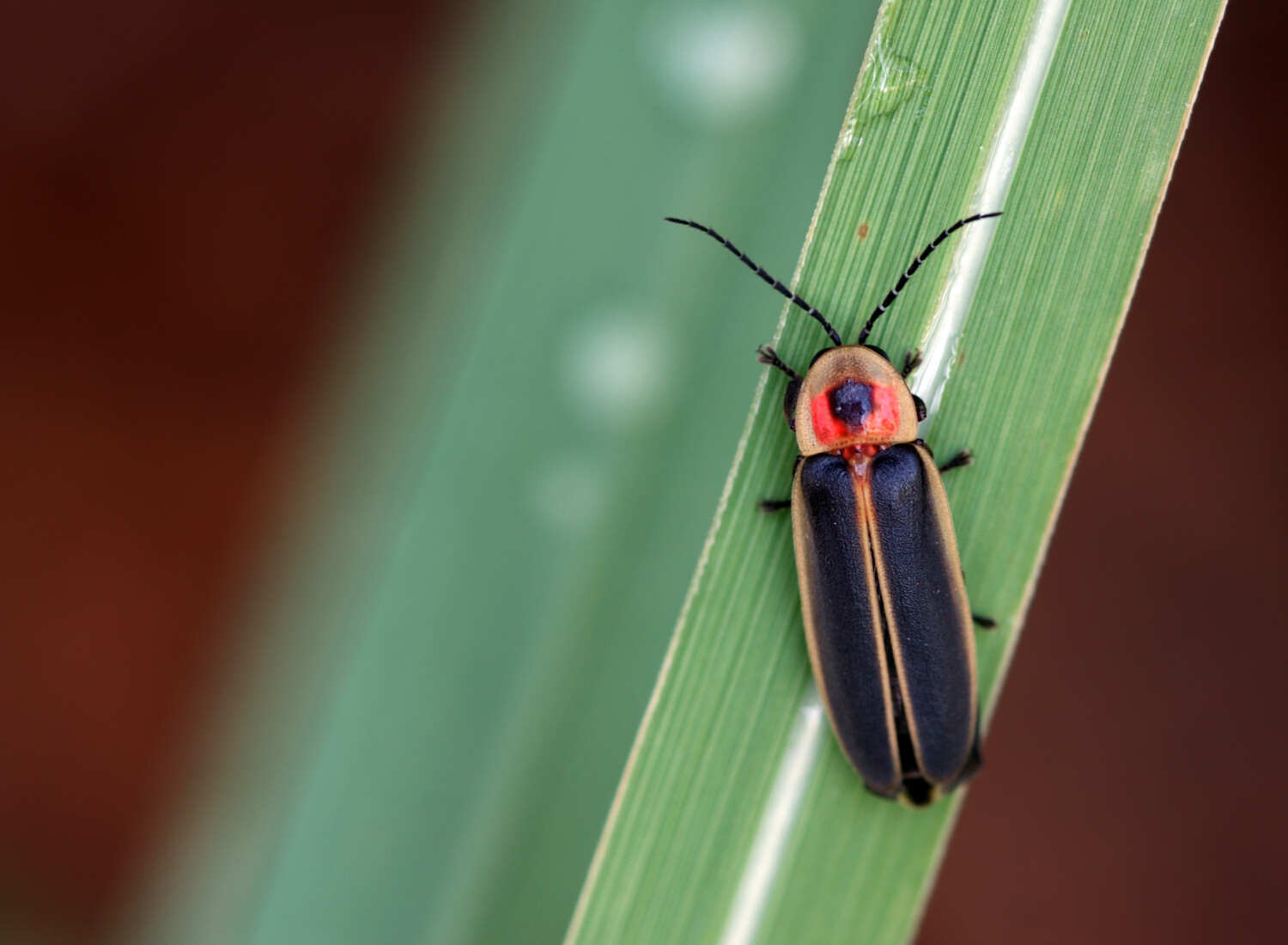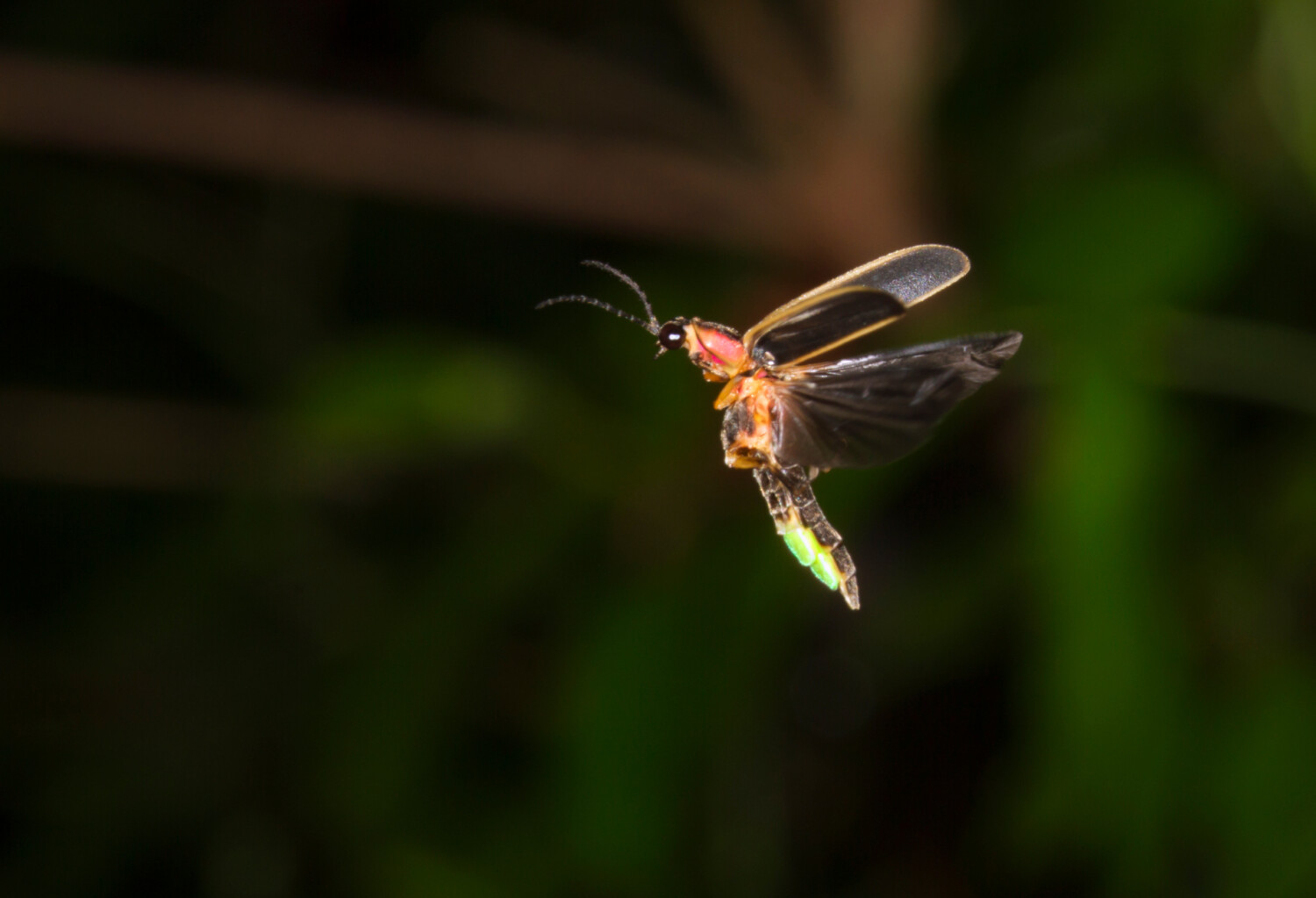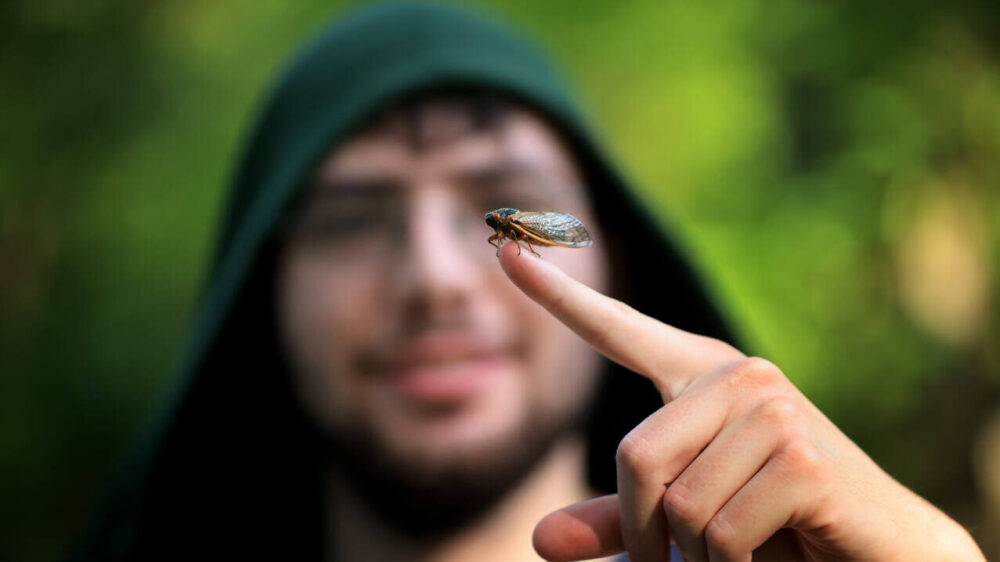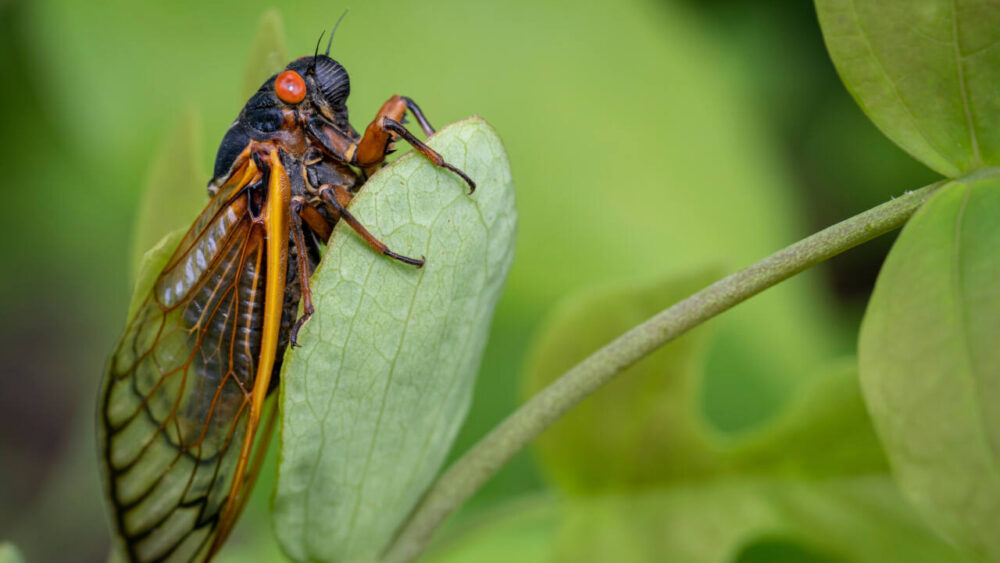How lightning bugs glow, and why bioluminescence helps them survive
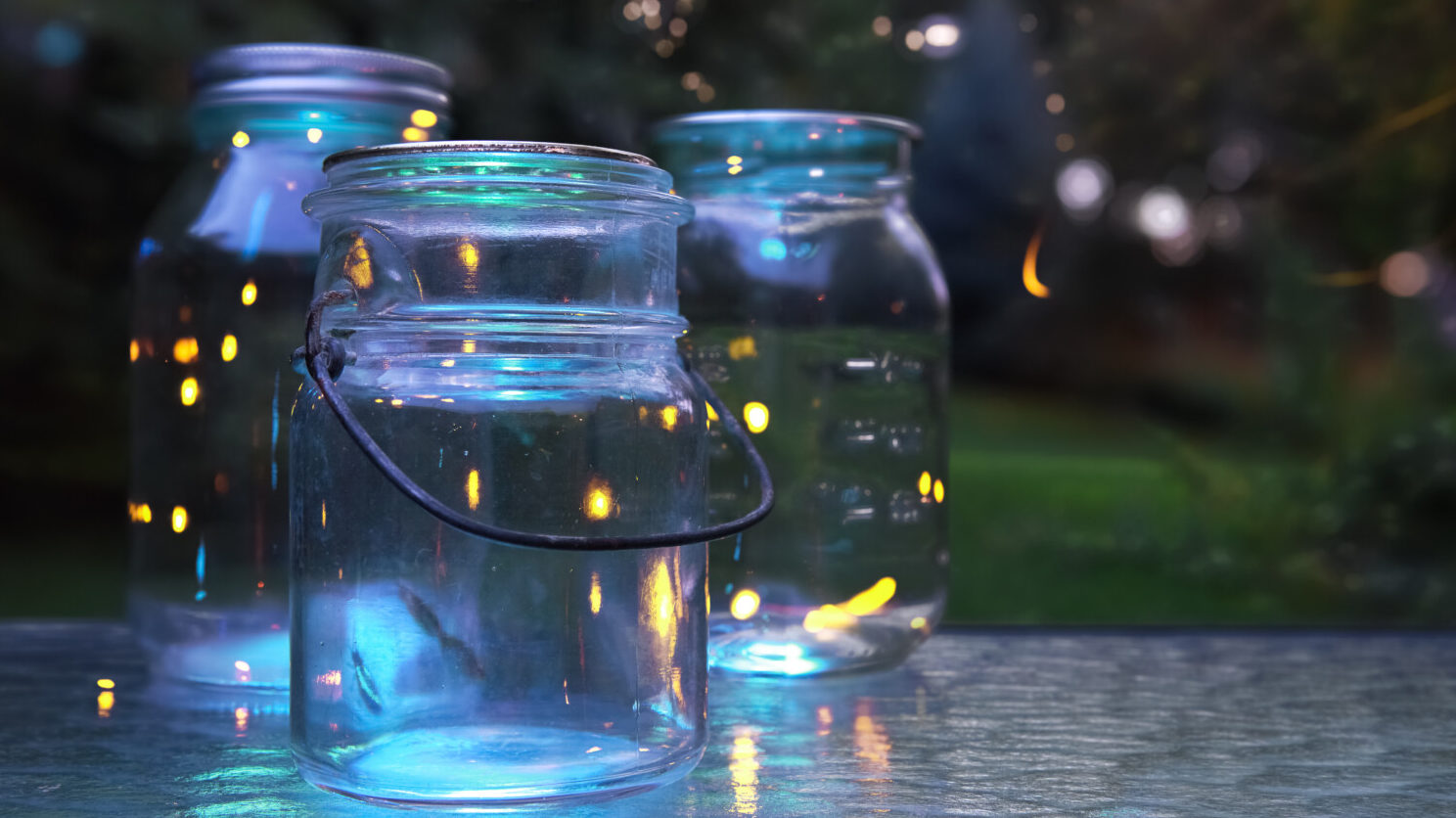
In certain parts of the U.S., summer nights begin with an unbeatable light show. As dusk settles in, tiny yellow-green beads of light pulse in the darkness: lightning bugs just starting out for the night.
For kids who grow up with them, lightning bugs — or fireflies, depending on your locale — are one of the most magical signs that summer has truly arrived. Youngsters love to chase them and do a catch-and-release, or pop them in a jar to use as a “night light.”
The bugs’ gentle glow seems almost mystical, but it actually serves a couple of very practical purposes. Read on to learn more about these interesting, illuminated insects.
First off, a clarification: Lightning bugs and fireflies are the same creature. But that creature comprises more than 2,400 species, according to Firefly.org. They live on every continent except Antarctica.
Also, they’re not flies, they’re beetles. Each species has its own mechanism — and its own reasons — for producing light. In some species, females light up; in others, it’s the males; in still others, both sexes glow. Lightning bugs can control when and how they light up.
In the U.S., the most prevalent firefly species is Photinus pyralis, aka the common Eastern firefly. These are the little guys that emerge in the earliest days of summer, often drifting among dense trees and grasses.
According to the Louisiana State University AgCenter, these same bugs are also dubbed “Big Dipper fireflies” because of the males’ mating patterns: As their light pulses, they drift in a U-shaped arc to attract females.
Down below, the ladies watch from their perches on the ground. When they spot a guy they like — often the dudes with longer-lasting flashes — they give a single pulse to signal interest.
MORE: If you see these colorful lanternflies, officials want you to kill them
Females lay eggs in moist undergrowth, where the hatched larvae stay for one to two years. They feed on soft-bodied creatures they encounter on the ground, like worms.
Eventually, the larvae become pupae, and that’s when another reason to glow comes into play — self-defense.
Pupae quietly glow in their cozy confines. But the intensity of the pupae’s light gets brighter when the creatures are disturbed. This is when they get called “glowworms,” since they haven’t yet developed the wings and harder body of adult fireflies.
That glow, called bioluminescence, sends a strong signal to predators that says, “I taste disgusting, don’t eat me.”
The light-producing organ in the bugs’ abdomen is called the lantern, and it is extraordinarily efficient. Inside the lantern, the insects produce a chemical reaction to create light without heat, mixing oxygen with calcium, adenosine triphosphate and luciferin while a bioluminescent enzyme is present. When oxygen isn’t available, the light goes out. Nitric oxide gas also plays a role in flash control. However, scientists are still learning exactly how the bioluminescence in fireflies works.
This bioluminescence generates very little extraneous heat — unlike, say, an incandescent light bulb.
MORE: How to attract bats to your backyard
Which is a good thing, because the bugs probably would not live very long with an overheated bum-light.
The common Eastern fireflies many of us recognize use their lights for mating, but other species came up with their own rituals. In one species, found in southwestern states, flightless females are the expectantly glowing sex.
Another species uses their lantern for sinister purposes! Females mimic the lighting pattern of a closely related firefly genus — and then they eat the males who get fooled. No surprise that they’re nicknamed “femmes fatales.”
Some species don’t glow at all as adults — only their eggs and their young do. But each species has its own flash pattern, which allows it to recognize members of its own kind.
With summer winding down in the Northern Hemisphere, our local lightning bugs have largely gone dark for the year. But next summer, when you see those magical little beacons in the trees, take a closer look. After all, it’s a performance — and a beautiful one at that, which is getting rarer as firefly populations decline.
This would be a real shame, since scientists have been using their bioluminescent chemicals to develop antibodies, kill cancer, detect HIV cells, and detect food contamination.
MORE: Waves lit up in blue are rolling onto California’s beaches right now



